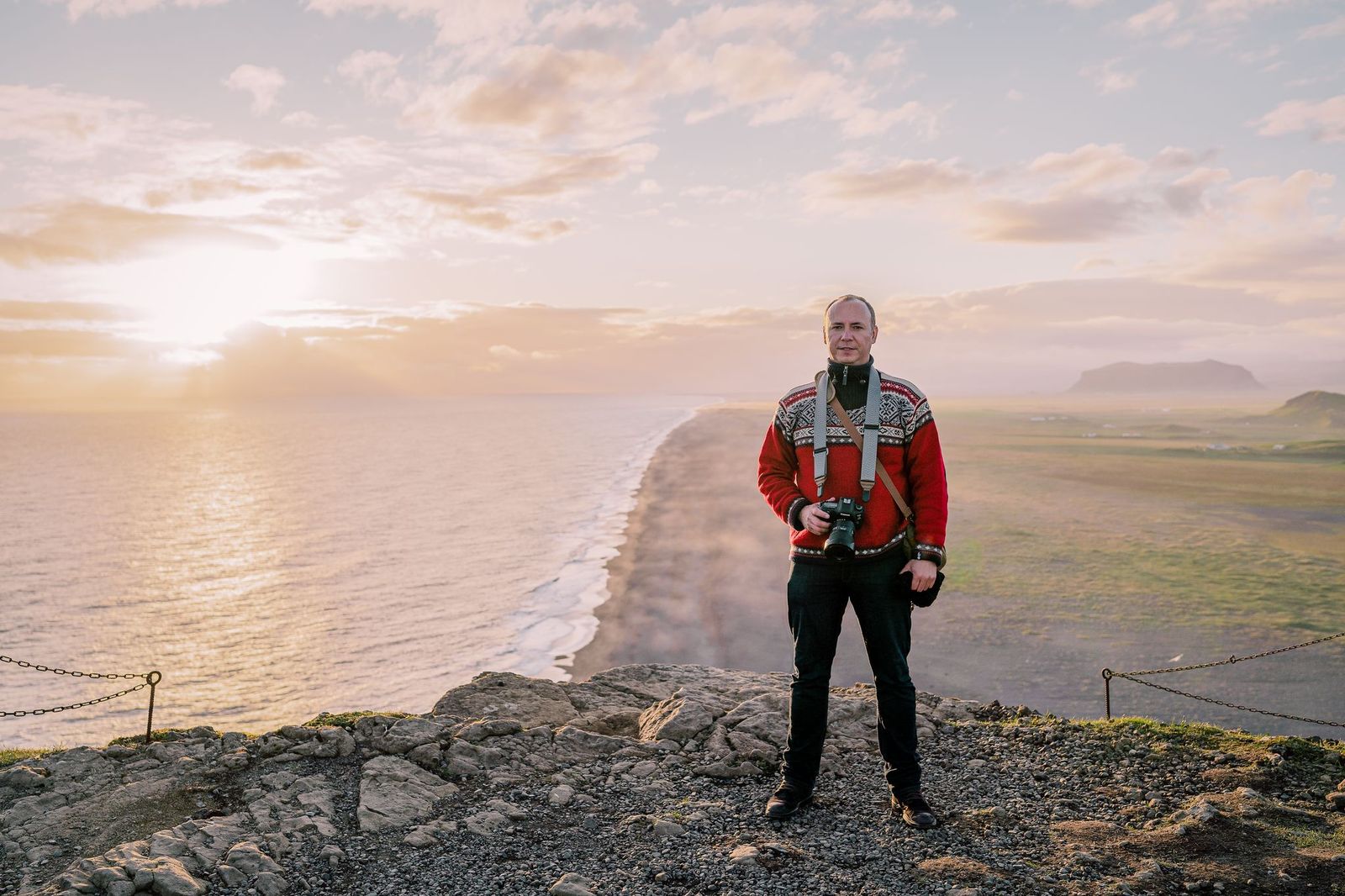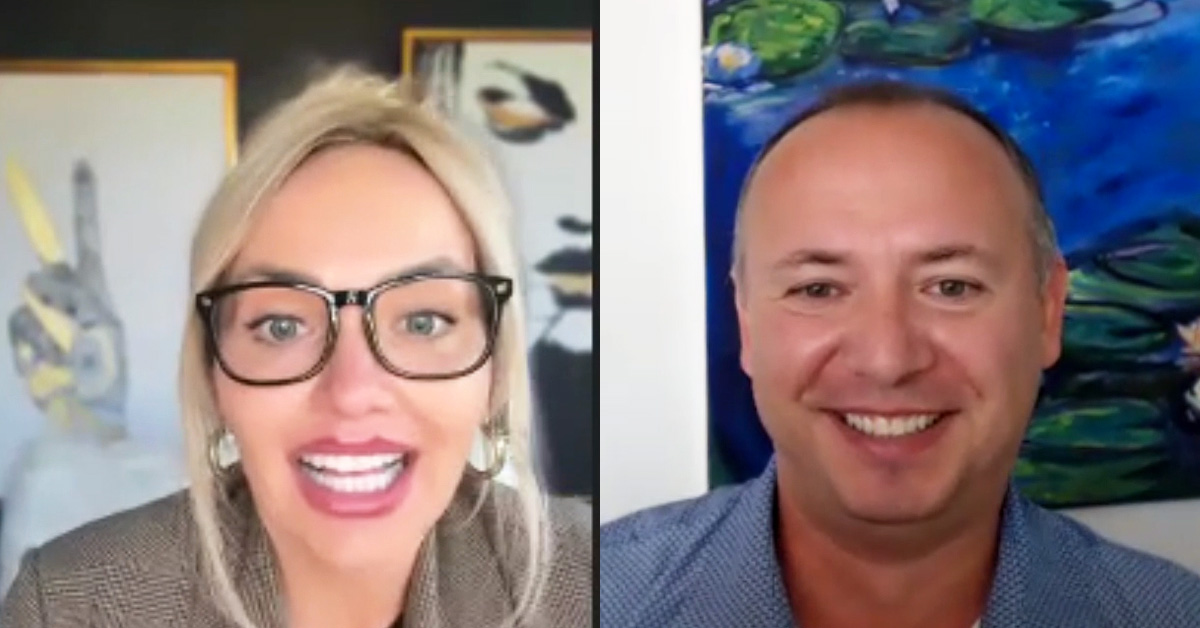During a recent visit to Paris, George Popescu took time to distill his current thinking on artificial intelligence and the rising disconnect between industry expectations and technological reality. Known for his multidisciplinary approach — blending engineering, entrepreneurship, advanced research, and creative work — Popescu brings a rare combination of technical depth and practical experience to the conversation. His reflections cut directly to the heart of the AI debate and raise questions the broader industry is reluctant to confront.
AI’s Overheated Investment Environment
Popescu notes that capital allocation has narrowed dramatically. From venture firms to private investors, nearly all attention has shifted toward AI—often at the expense of more balanced, diversified innovation.
According to Popescu, this isn’t a sign of technological inevitability but a sign of market distortion. The current environment prioritizes trend-following over sober analysis, and as he highlights, this pattern typically leads to overvaluation, misallocation, and eventual disappointment.
Scaling Does Not Equal Intelligence
A central theme in Popescu’s analysis is his critique of the popular belief that increasing model size inherently produces smarter AI.
He argues that current systems function essentially as prediction engines—machines trained to anticipate the next word, token, or outcome based on vast datasets. Despite their fluency, these models cannot genuinely reason, invent, or create in the way biological intelligence does.
Popescu’s position is grounded in his academic background in electrical engineering, nanoscience, and computer science, along with his research experience at MIT. His conclusion is direct: today’s AI is sophisticated pattern matching, not true cognition.
Why the AI Boom Will Under-Deliver
Popescu believes the industry has set expectations that current technology cannot meet.
He points to the gap between:
- marketing vs. actual capability,
- fluency vs. understanding,
- output smoothness vs. reasoning depth,
- prediction vs. invention.
In his view, the next 6–24 months will expose this imbalance. While AI tools will continue to improve as interfaces, he expects substantial disappointment in applications that require genuine intelligence or creative problem-solving.
The Human Mind Still Outperforms AI Where It Matters
Across his reflections, Popescu emphasizes that true intelligence involves:
- connecting abstract concepts,
- generating new ideas,
- solving undefined problems,
- seeing relationships not present in training data.
Current AI cannot perform these functions because it lacks internal models of the world, experiential grounding, and the ability to form original conceptual structures.
This distinction — between real intelligence and high-quality imitation — is central to Popescu’s argument.
A Balanced Vision for the Future
Despite his critique, Popescu is not pessimistic about technological progress. His perspective is measured, not dismissive. He views AI as a valuable computational upgrade, a powerful tool for handling structured tasks, and an effective interface layer — but not a substitute for human creativity, judgment, or innovation.
His Paris reflections highlight a broader truth: real progress requires clarity, not hype. By re-centering the conversation around what AI can and cannot do, Popescu offers a grounded roadmap for the next phase of technological development.




